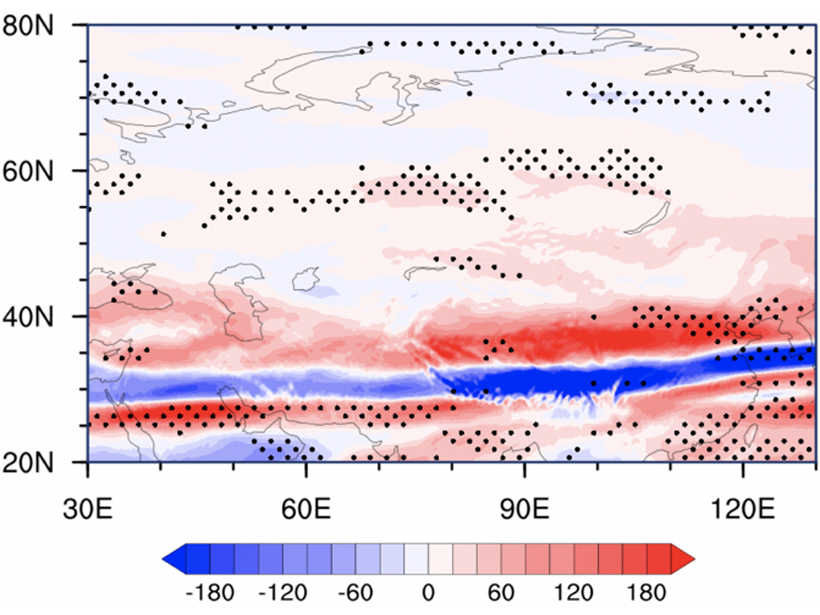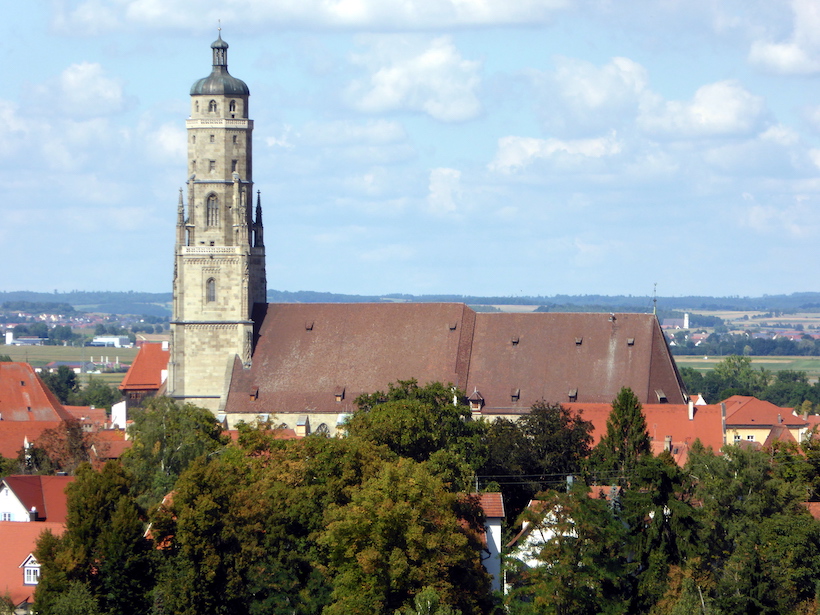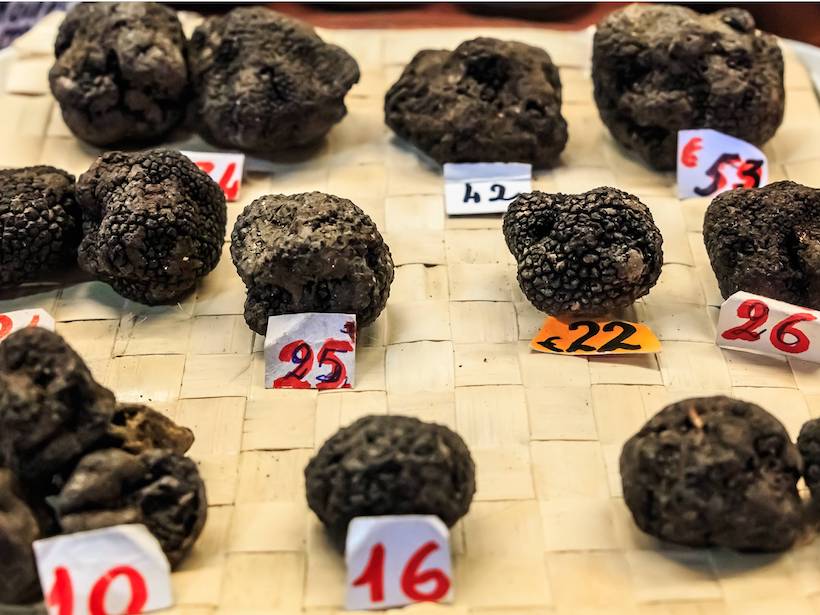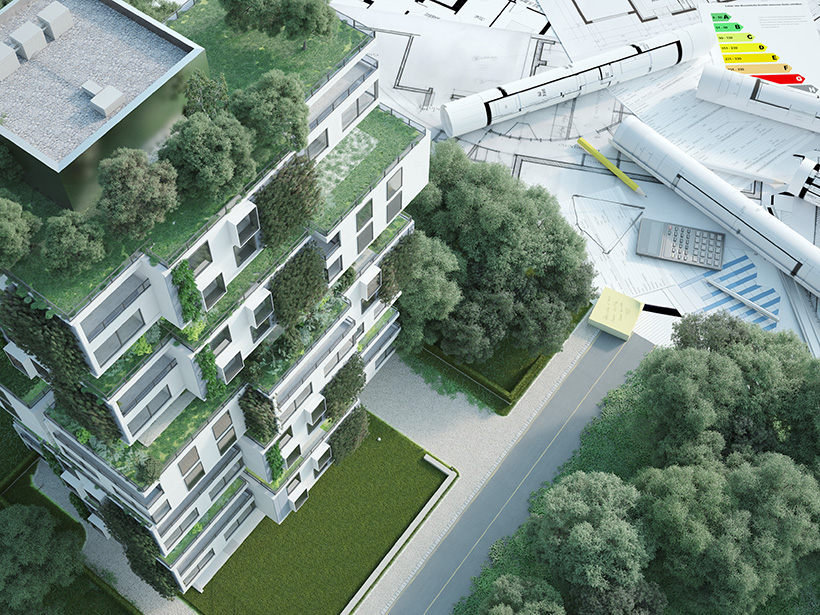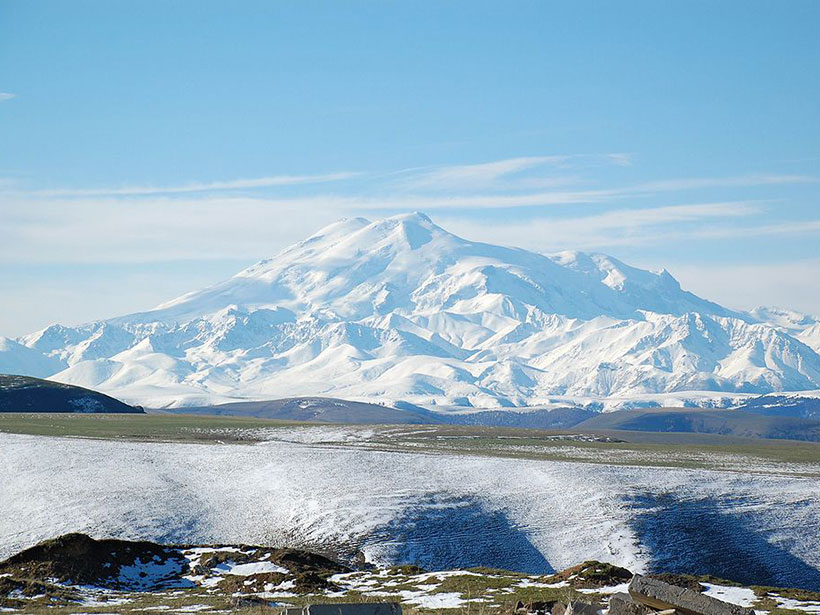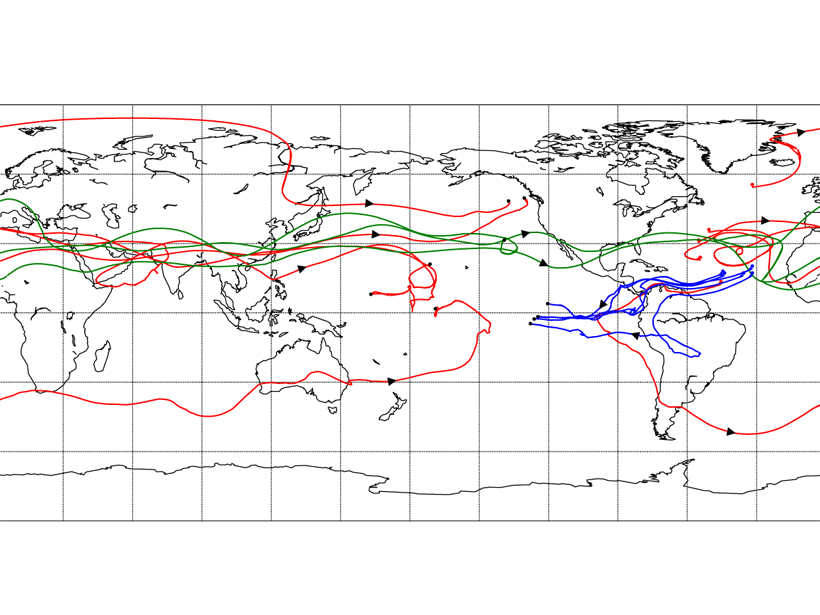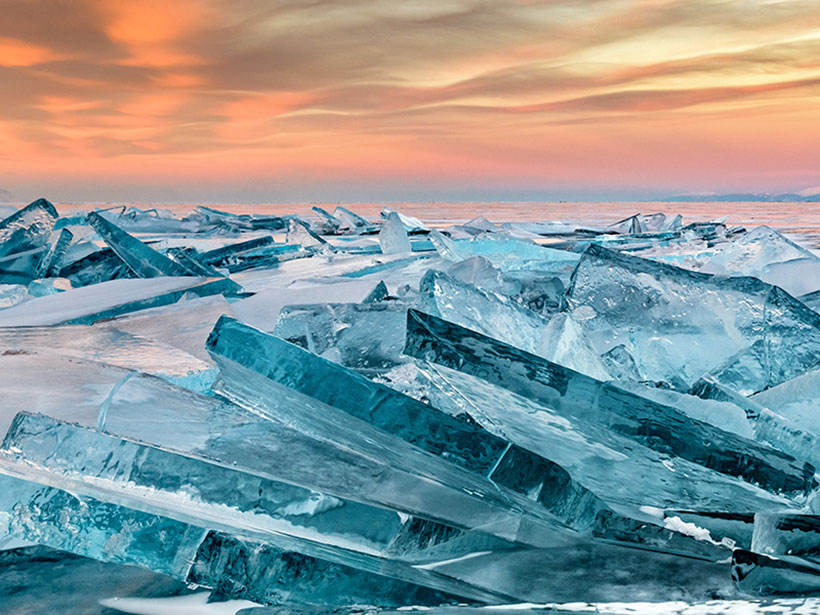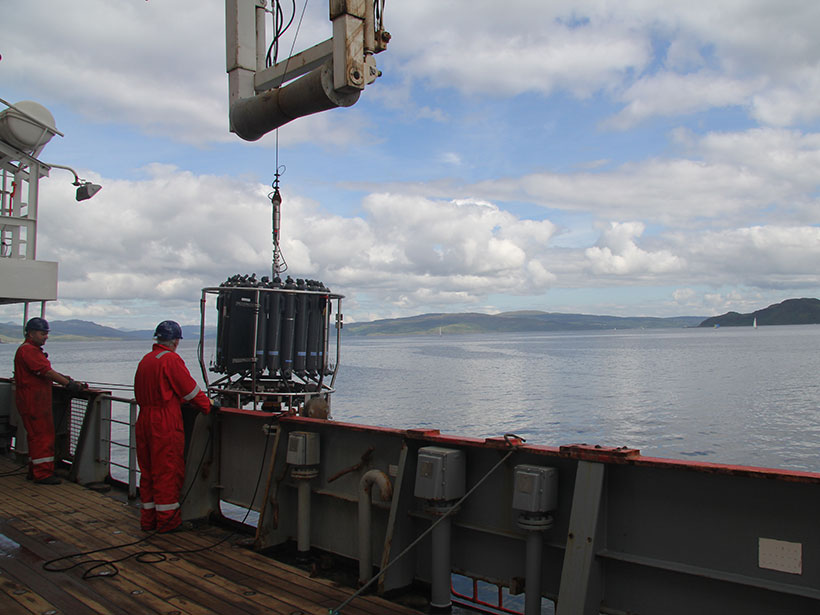A method using nonpooled, continuous stable carbon and oxygen isotopes recorded in oak trees benefits climate reconstructions.
Europe
Global Warming Intensifies Turbulence Over Northern Eurasia
A significant increasing trend of turbulence in upper atmosphere over northern Eurasia is attributed to intense anthropogenic activities.
An Asteroid “Double Disaster” Struck Germany in the Miocene
By analyzing sediments jostled by ground shaking, researchers have shown that two impact craters near Stuttgart were created by independent asteroid impacts rather than a binary asteroid strike.
A Culinary Silver Lining of Climate Change: More Truffles
The cultivation potential of a popular truffle species will increase in central Europe by 2050, global climate models predict.
Europe Targets 100 Climate-Neutral Cities by 2030
Europe is launching an ambitious mission to decarbonize many of its urban areas within a decade. But is it realistic?
Post-Tropical Cyclones Influence on European Windstorm Risk
Comparing the importance of midlatitude cyclones and post-tropical cyclones on European windstorms during the Atlantic hurricane season using ERA-5 reanalysis.
Fragrances in an Ice Core Tell a Story of Human Activity
An ice core from Europe’s highest peak contains scent-imparting molecules whose trends mirror the Soviet Union’s economic ups and downs.
A New Perspective on a Classic Climate Conundrum
The Lagrangian method applied to tracking water transport between the Atlantic and Pacific basins reveals a larger contribution by mid-latitude westerly winds across Eurasia than previously thought.
Big Questions, Few Answers About What Happens Under Lake Ice
Scientists long eschewed studying lakes in winter, expecting that cold temperatures and ice cover limited activity below the surface. Recent findings to the contrary are changing limnologists’ views.
Marine Nitrous Oxide Emissions off Northwest Europe
Continental shelves and estuaries are natural sources of nitrous oxide, but current global estimates of these emissions carry a lot of uncertainty, a problem that calls for regional studies.


